To mark a decade of National Park status, I rode the entire 164km route of the South Downs
Before lockdown, Vern Pitt rode the entire route from one end to the other to mark 10 years of the South Downs National Park
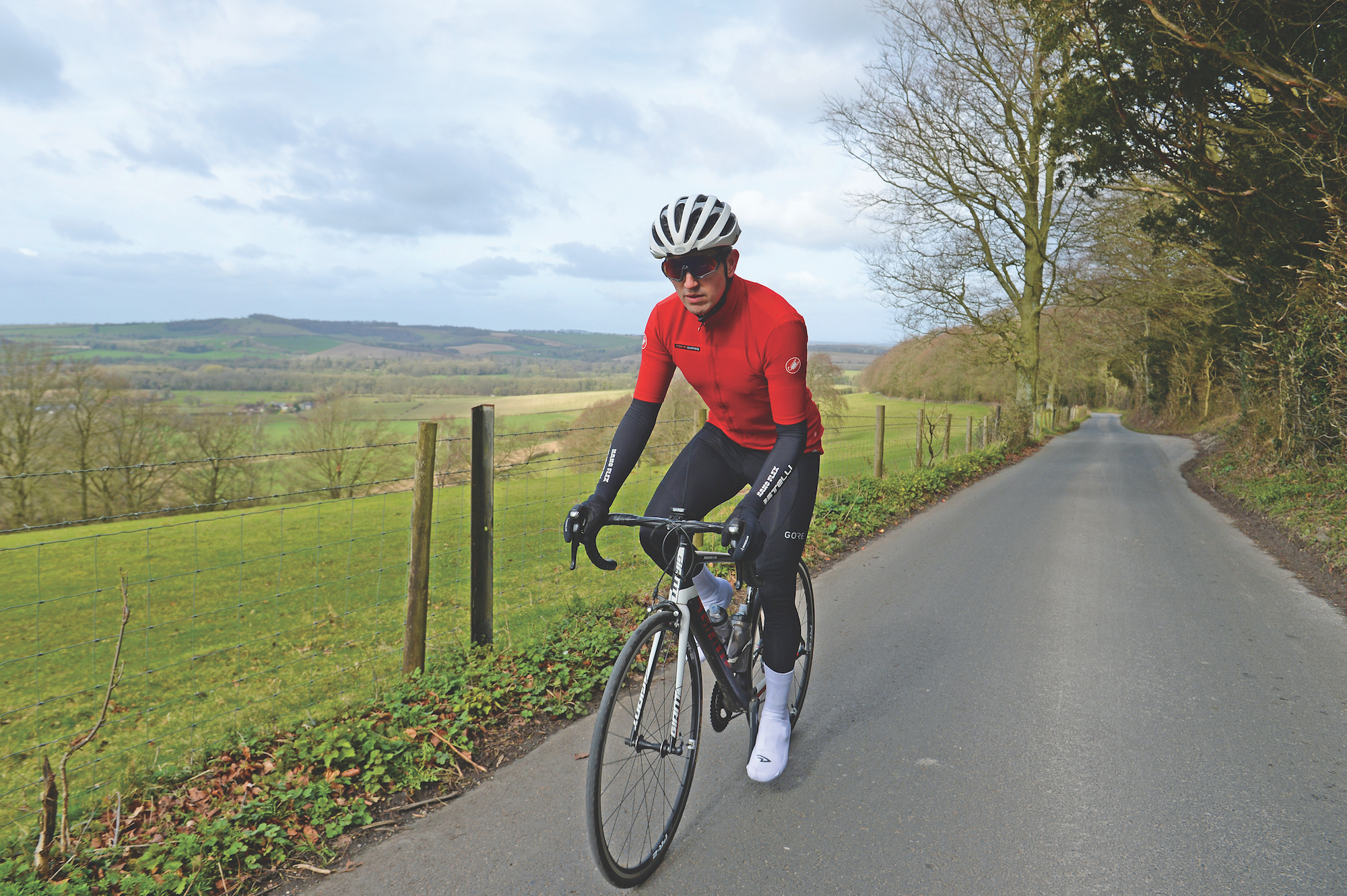
(Andy Jones)
"The South Downs are a critical green lung for the South-East, providing millions of people with unparalleled access to open countryside in a way that has incalculable benefits for their health, well-being and their appreciation of why the natural environment matters," said Poul Christensen, the acting chairman of Natural England, when the Downs were awarded National Park status in 2009.
If you’ve ever cycled around the Downs, you’ll know it’s virtually impossible to disagree with this sentiment. The National Park was established the following year, 10 years ago now, though the bureaucracy behind the park was only fully operational from 2011. Covering 627 square miles, it has hosted top-level races and holds in its palm the enduring off-road challenge of the South Downs Way. While the Downs are best known for the climbs, it’s a varied terrain that changes as you travel along it from exposed hilltop traverses to wooded lanes and arteries through open farmland.
Ten years of officially being a National Park seemed like a good reason to ride from Winchester in the west to Eastbourne in the, well, east and experience all the South Downs have to offer. Racking up miles for the CW5000 seemed a good idea too.
Living in the Downs, I know these roads well. They’ve taught me a thing or two over the years – not least the correlation between weight and climbing prowess. But given there’s 164km between the start and finish points, sampling all the climbs along the Downs seemed more like punishment than fun. Even constructing a route that avoids zig-zagging across the hills – there is, understandably, no road running across the entire top – that racks up a mileage that’s not biblical, though, is challenging. I opt for something that samples some climbs when the legs are fresh, before mostly progressing in the shadow of the Downs to the north, before finally ducking down to the sea.
Fast descent
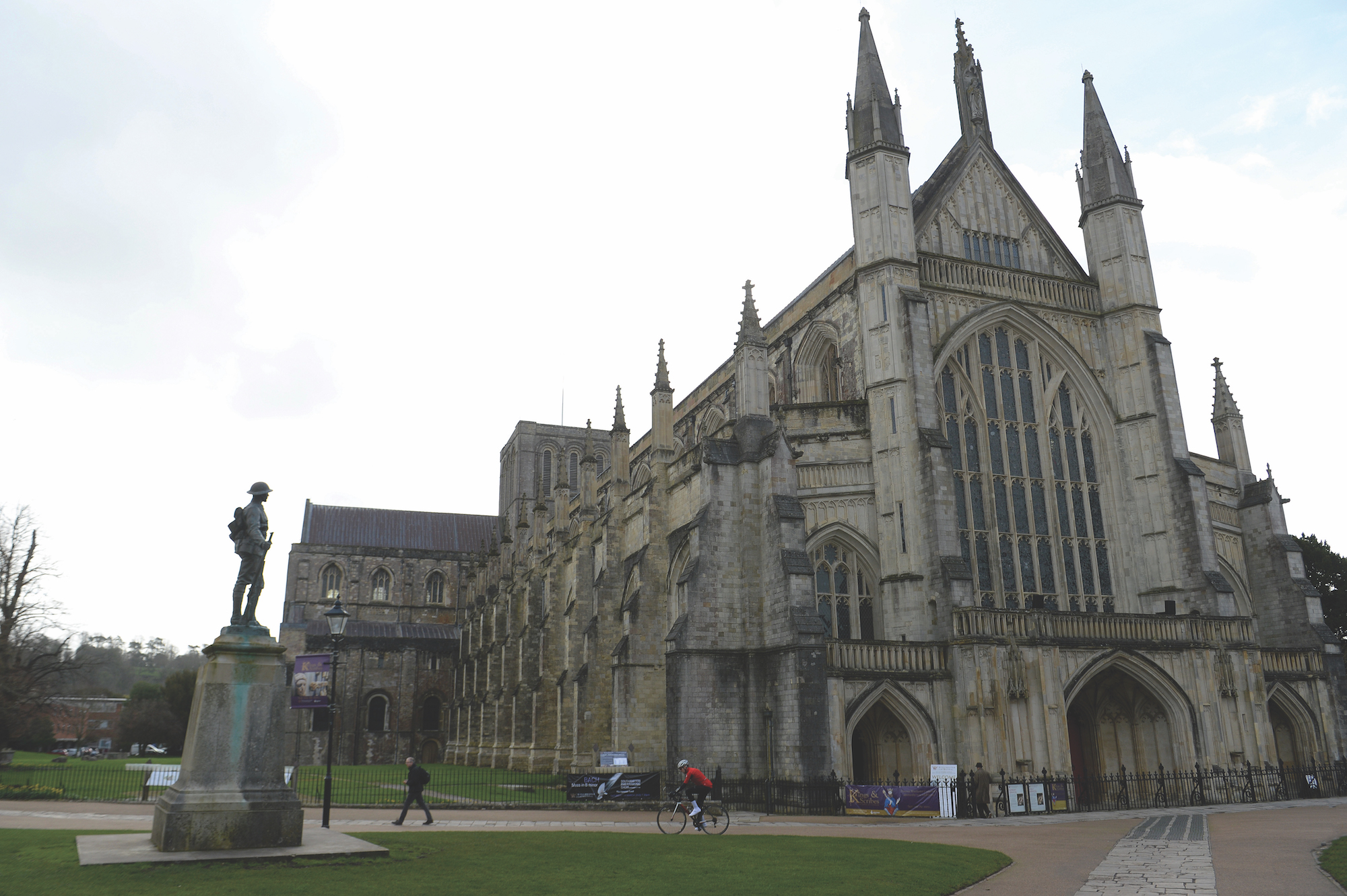
It’s a brisk morning as I and CW photographer Andy set off from Winchester Cathedral knowing we’ll traverse the best part of three counties today. Warmth comes easily, though, as the climbing starts in earnest with the slope up towards Morestead. This road is a touch busier than I’d like, but immediately I’m treated to views over the Downs to both to my left and right, before a fast descent and another little climb. It’s at this point I realise I’m on the former route of the Magnificat Sportive, which I completed many moons ago. Then, many miles into a 100-mile ride, my legs were already hurting, but as the road dips and rises towards the crest of the Downs today, I’m fresh. Best not to get carried away as there’s still a very long way to go.
>>> Subscriptions deals for Cycling Weekly magazine
Get The Leadout Newsletter
The latest race content, interviews, features, reviews and expert buying guides, direct to your inbox!
It’s at the top here that the ploughed fields reveal the chalky rock that makes up the spine of the South Downs. That rock was formed from deposits from the then tropical sea bed 90 million years ago and stretches all the way into modern Surrey. The landscape of valley and hills was then carved out during the Ice Age. There’s nothing tropical about this February morning as the chill wind whips across the exposed road that makes its way across the back of Wheely Down. Thankfully it’s at my back.
Illustrious winners
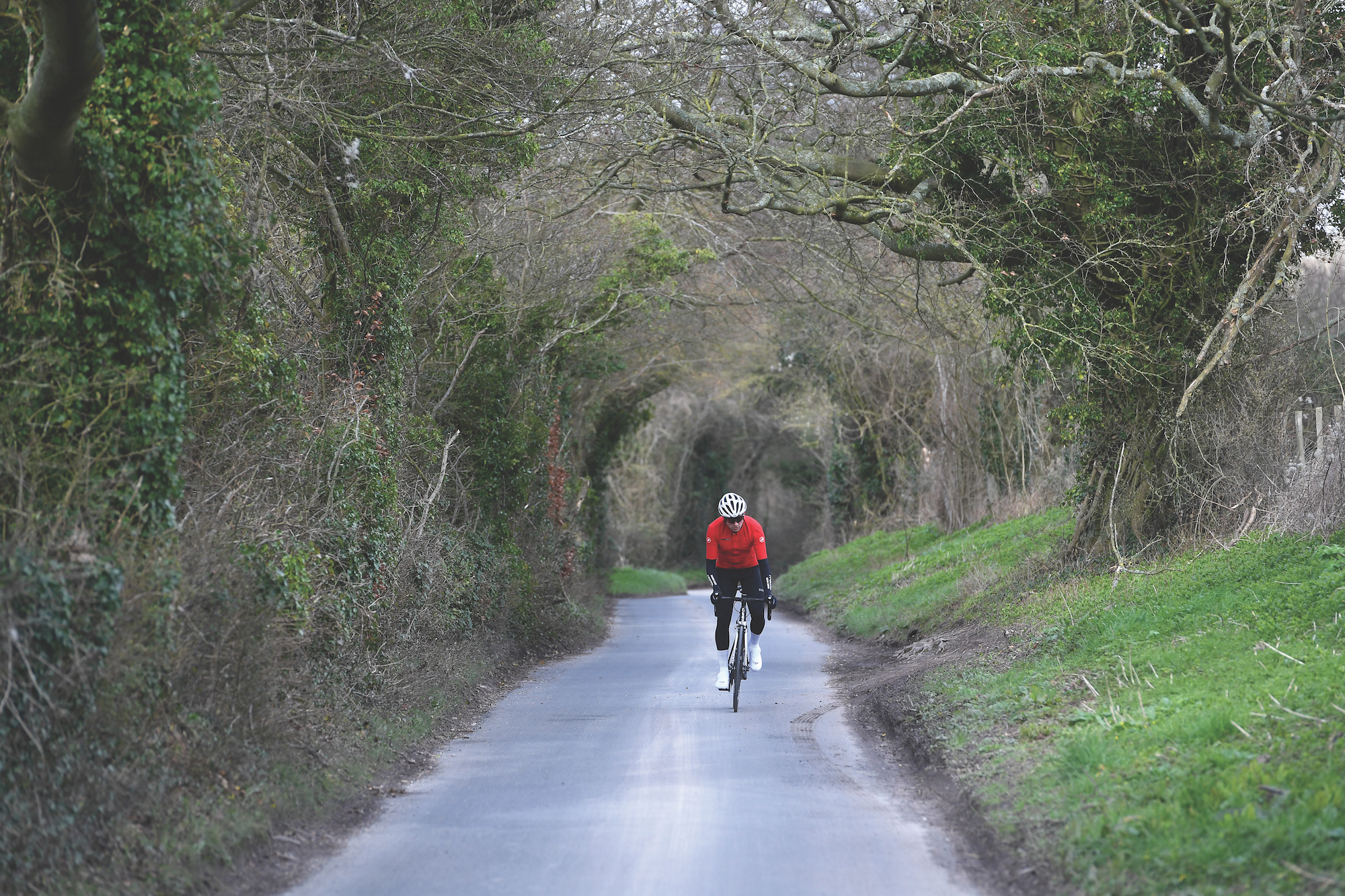
After a snaking descent, it’s time for arguably the best climb in the South Downs – Old Winchester Hill. This climb formed one of the major features of the Havant Grand Prix, a race that had an illustrious set of winners, including Russell Downing, who won it three times; John Tanner, who racked up two victories; and Malcolm Elliott and Paul Manning, who both won it once apiece. The riders would race up it three times in the early stages of the race. Unfortunately, that event got cancelled in 2006, adding it to the long list of great British races that no longer exist.
I won’t be recreating those exploits as I save my legs and tap my way up the steep opening ramp, before a short descent and then the steady climb through the trees. It is a combination of the regular seven per cent gradient, a road surface far smoother than your average singletrack lane, and the view to the right, stretching down seemingly to the coast, that make this climb so joyous. I savour it as a few curious sheep bleat me on.
>>> Cycling Weekly is available on your Smart phone, tablet and desktop
From there, I’m thankful there’s no headwind because along the top of Old Winchester Hill there’s nowhere to hide and it’s slightly uphill as it is.
The following descent is worth the effort – on wide roads you can pick up speed, I effortlessly ramp up to 58kph, and hold a good chunk of it as the road dips and rises for what feels like most of the way to Buriton’s duck pond.
With the initial climbs out of the way, now is the time to tap along in the shadow of the Downs as fast, but quiet rolling roads through fields take me towards Midhurst, where we enter a set of single-width country lanes constantly rising and falling that make it difficult to keep a rhythm. There’s no polo on today on the pitches of Cowdray Park so we press on.
It’s around here the scenery changes and we enter more woods as we pass south of Petworth. It feels a world away from the fields around Winchester and you catch only fleeting glimpses of the Downs. That is until you pop out at the valley where the River Arun runs and you can look far down both the north and south, before being consumed again by trees.
Surfing the terrain
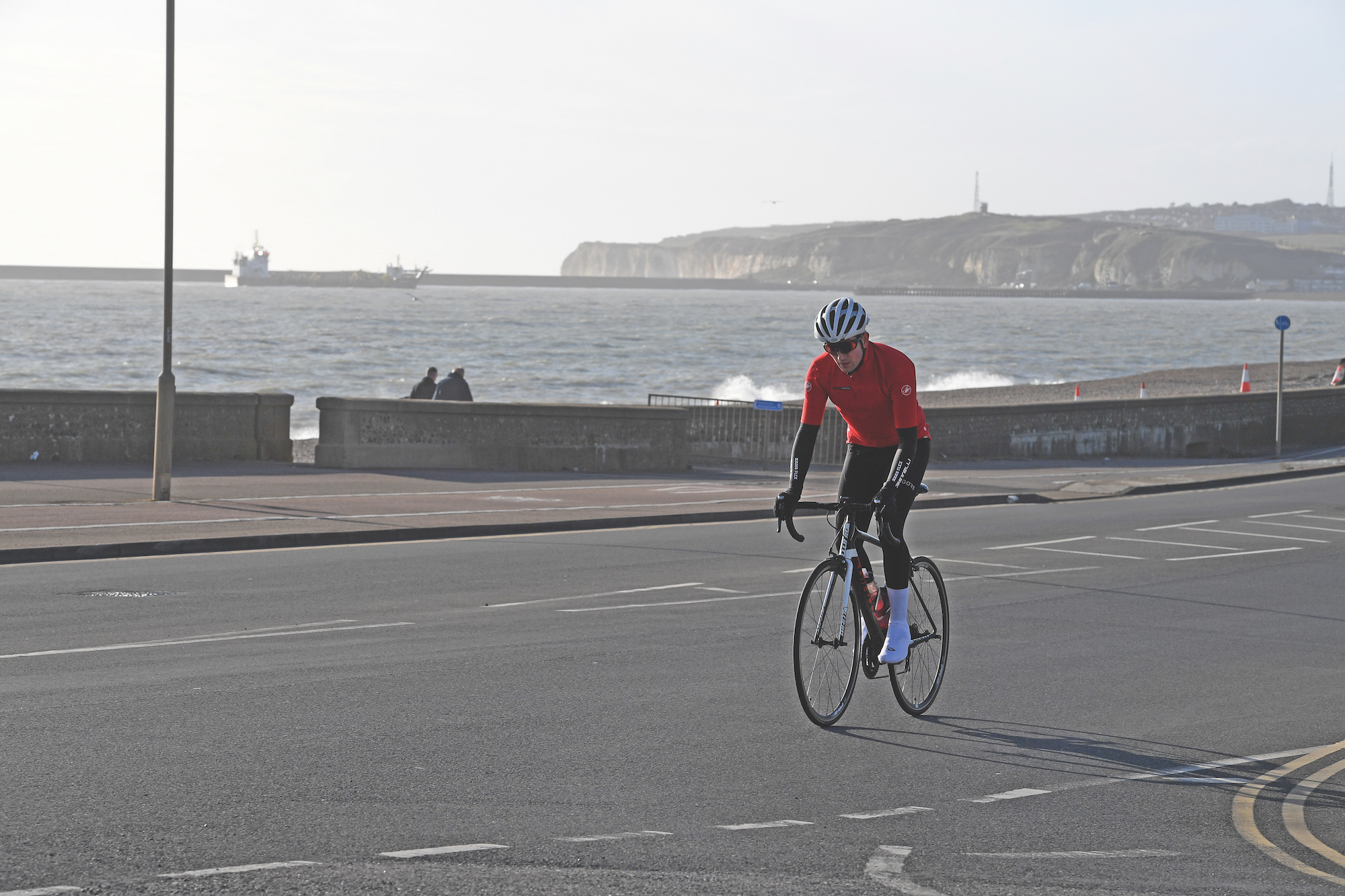
Around Storrington, the National Park gets thinner and finding little lanes to take us west to east becomes more taxing. That necessitates a blast down the A283 along the edge of the park. It’s the busiest stretch of the day, but the road is fast and rolls steadily and I feel a bit like I’m surfing the terrain as I clip along at 30kph. Indeed if you were in a group, this might well be the most fun part of the day. I’m solo, but that tailwind is doing a good job of impersonating the pull of a peloton.
After that roller coaster, it’s great to get on some quieter roads around Upper Beeding and wind our way towards Ditchling. It’s tempting to tackle the famous Beacon, but in the interests of making headway and avoiding the bigger roads that would force us on to, we wind our way along the foothills, the hill looming close over me, to the market town of Lewes.
While major climbs have been absent for some time, the 120km of near-constant pedalling is starting to take its toll on my legs as I make the climb up into the town.
It’s home to the most famous Bonfire Night celebrations in the country, which court controversy as they include burning an effigy of Pope Paul V, the pope at the time of Guy Fawkes’s plot. It’s not November, but there is a bang of protest from my legs as we exit the town and drop down on to another road where my friendly tailwind has betrayed me to become a cross headwind. The next few miles are something of a grind, which is a shame as the scenery surrounding me –when I peek through the tall hedges – is some of the nicest of the ride so far, with green planes stretching out.
Finish line
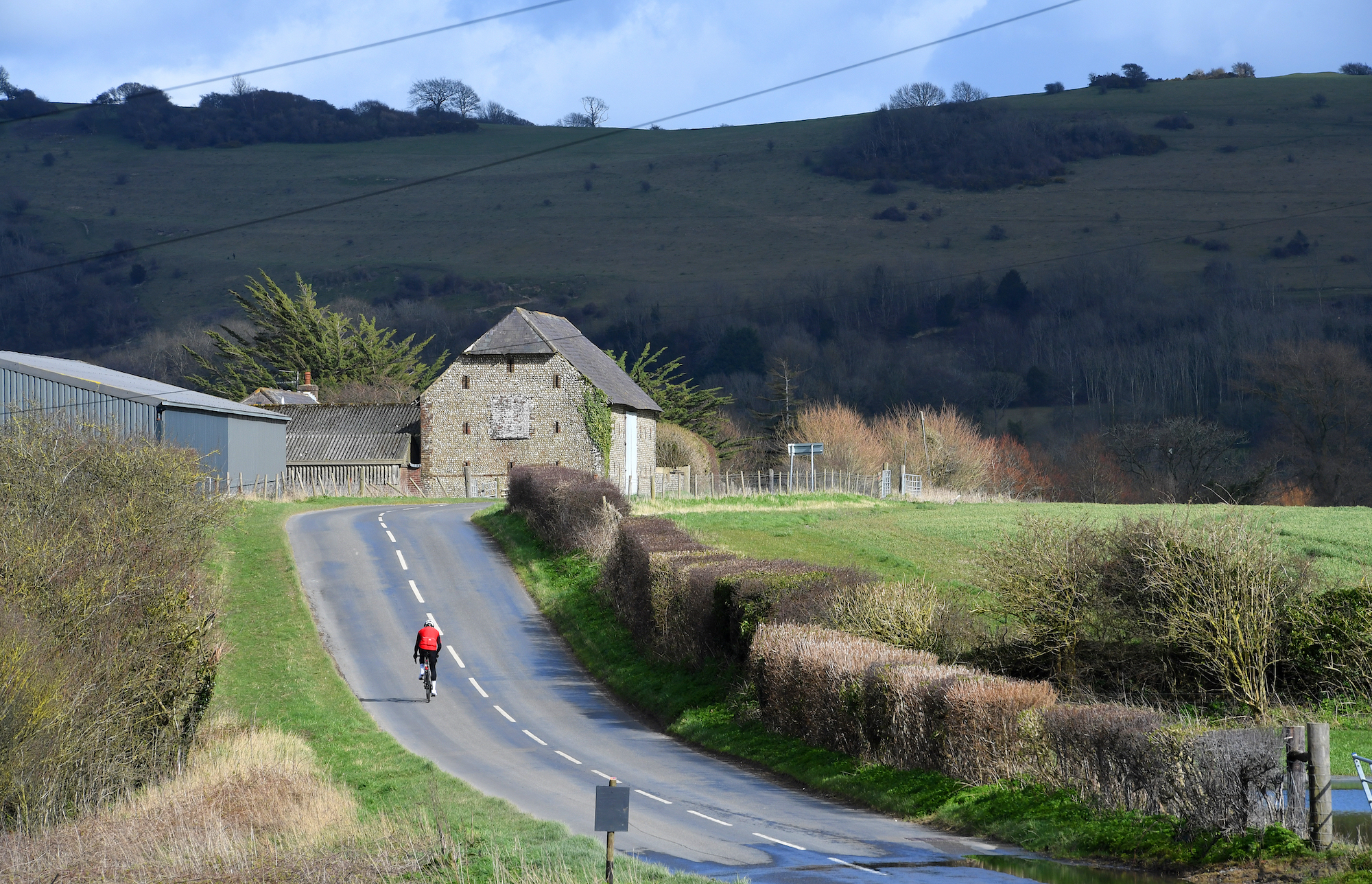
It’s here, though, that I begin to hear the call of seagulls overhead and I know I’m not far from the finish. After a stretch on the exemplary National Cycle Route 2, I find myself in the faded seaside town of Seaford, with the smell of fish and chips filling my nostrils. However, it’s a false dawn, there’s still a schlep to go and the grinding climb out of town along the A269 puts me in my place.
I’m pleased to turn off that busy A-road towards Beachy Head, which is also the circuit of the British Cycling National Road Series’ South Coast Classic race. After its inaugural edition last year, won by Jos Lowden (Drops) and Jacob Scott (Swift), it has dropped off the calendar for 2020, but hopes to come back next year.
That’s a shame as it’s a great location, with some of the most open and stunning scenery the South Downs have to offer. The loop is defined by the climb to Beachy Head, where both Lowden and Scott launched their winning moves.
It seemed like a good idea to throw that leg tester in right at the end when I was planning this. Now I’m not so sure.
I summon a modicum of zip as I grind up on to the top of the cliffs, but unlike Lowden or Scott, I’m aware I’m not going to be winning any bike races.
It is, as they say, all downhill from there into Eastbourne and we arrive by the pier just as the sun is fading. It’s been a bit of a mission and the distance I’ve covered is hammered home by the two-hour drive back to Winchester, but the beauty of Britain’s youngest National Park has definitely made it worth it.
This feature originally appeared in the print edition of Cycling Weekly, on sale in newsagents and supermarkets, priced £3.25.

Thank you for reading 20 articles this month* Join now for unlimited access
Enjoy your first month for just £1 / $1 / €1
*Read 5 free articles per month without a subscription

Join now for unlimited access
Try first month for just £1 / $1 / €1
Having trained as a journalist at Cardiff University I spent eight years working as a business journalist covering everything from social care, to construction to the legal profession and riding my bike at the weekends and evenings. When a friend told me Cycling Weekly was looking for a news editor, I didn't give myself much chance of landing the role, but I did and joined the publication in 2016. Since then I've covered Tours de France, World Championships, hour records, spring classics and races in the Middle East. On top of that, since becoming features editor in 2017 I've also been lucky enough to get myself sent to ride my bike for magazine pieces in Portugal and across the UK. They've all been fun but I have an enduring passion for covering the national track championships. It might not be the most glamorous but it's got a real community feeling to it.
-
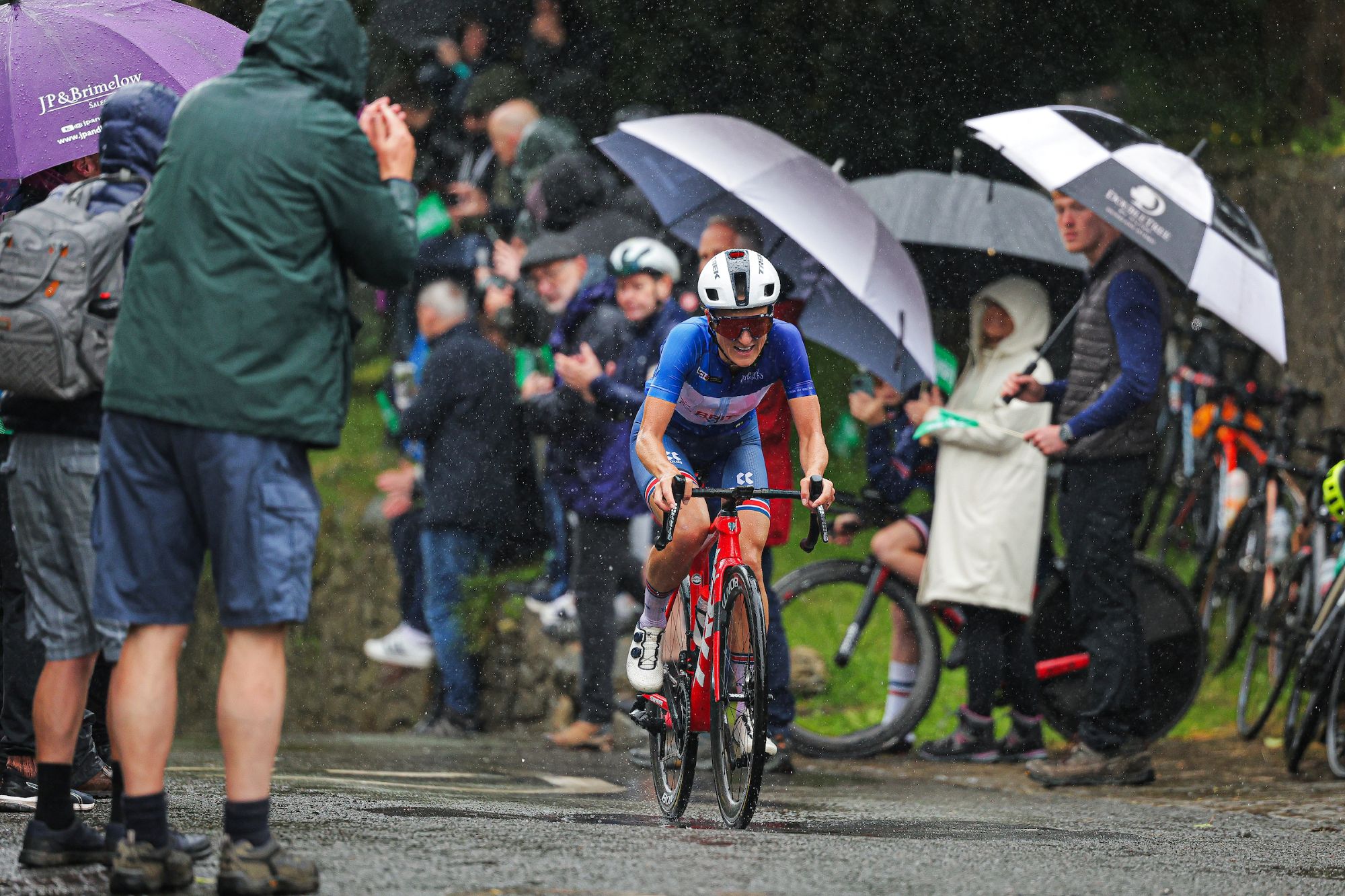 FDJ-Suez, SD Worx-Protime, Lidl-Trek confirmed for Tour of Britain Women as strong list of teams announced
FDJ-Suez, SD Worx-Protime, Lidl-Trek confirmed for Tour of Britain Women as strong list of teams announced18 teams set to take part in four-day WorldTour stage race
By Tom Thewlis
-
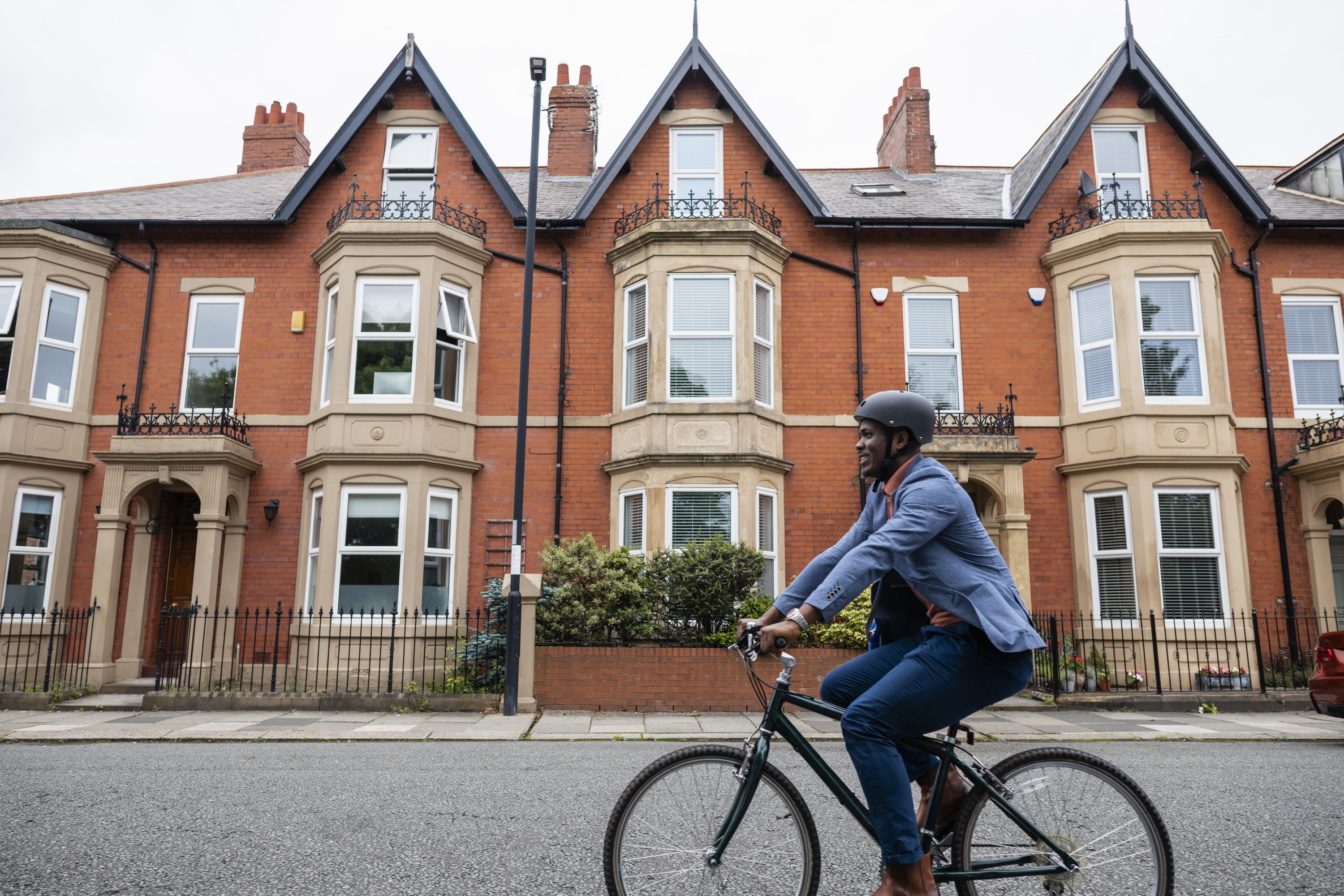 Cyclists could face life sentences for killing pedestrians if new law passed in England and Wales
Cyclists could face life sentences for killing pedestrians if new law passed in England and WalesReckless cycling currently carries a maximum two-year jail term
By Tom Thewlis